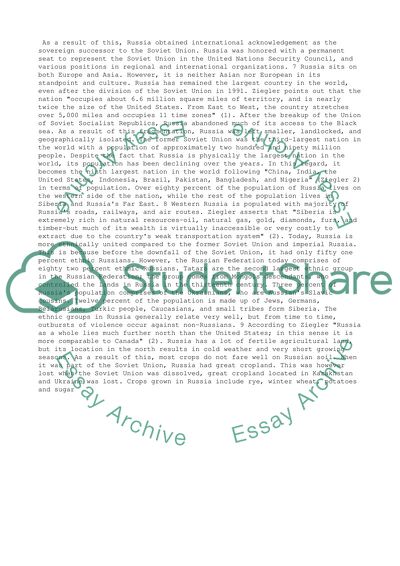Cite this document
(“The Effects of Globalization and Economic Expansion on Russia Research Paper”, n.d.)
The Effects of Globalization and Economic Expansion on Russia Research Paper. Retrieved from https://studentshare.org/business/1403031-examine-the-effects-of-globalization-and-economic
The Effects of Globalization and Economic Expansion on Russia Research Paper. Retrieved from https://studentshare.org/business/1403031-examine-the-effects-of-globalization-and-economic
(The Effects of Globalization and Economic Expansion on Russia Research Paper)
The Effects of Globalization and Economic Expansion on Russia Research Paper. https://studentshare.org/business/1403031-examine-the-effects-of-globalization-and-economic.
The Effects of Globalization and Economic Expansion on Russia Research Paper. https://studentshare.org/business/1403031-examine-the-effects-of-globalization-and-economic.
“The Effects of Globalization and Economic Expansion on Russia Research Paper”, n.d. https://studentshare.org/business/1403031-examine-the-effects-of-globalization-and-economic.


